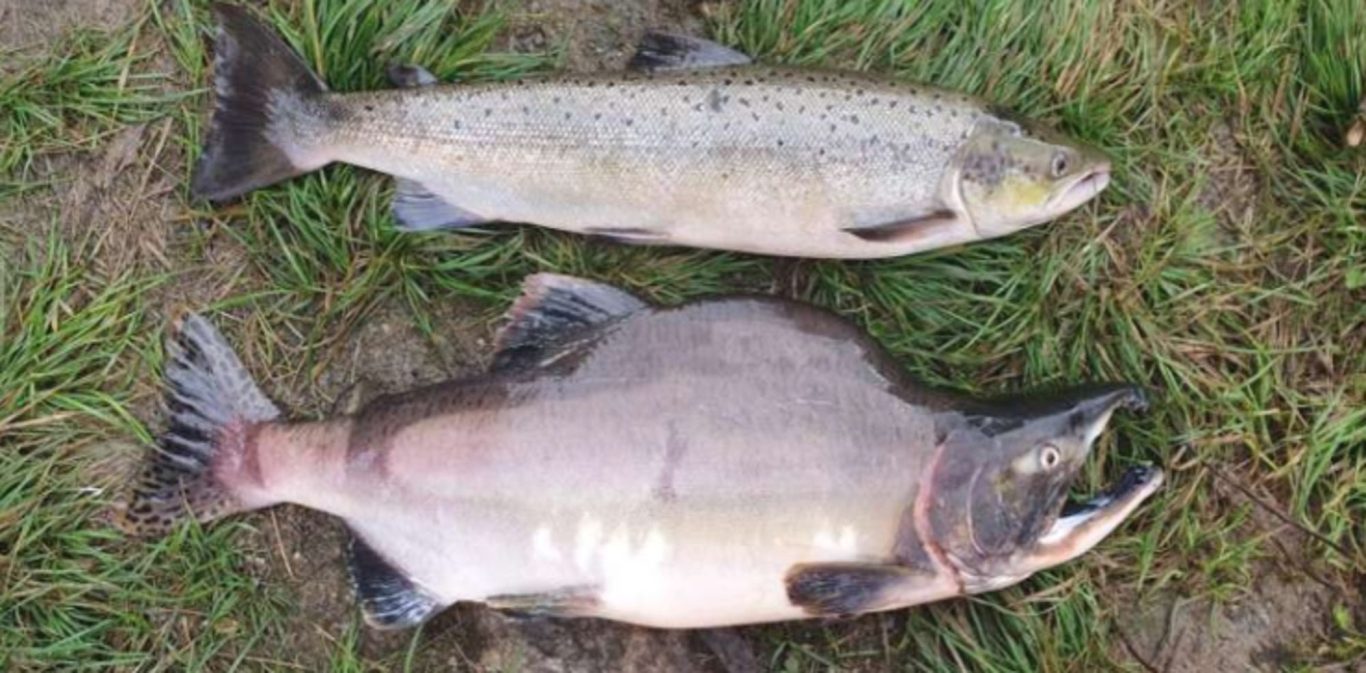Invasive Non-Native Species (INNS) Introduction
Key Findings
Invasive Non-Native Species (INNS) are those which have been introduced to areas out-with their native range, either naturally or by humans. Once in their new environment, invasive species outcompete native organisms, thus reducing biodiversity and damaging ecosystems (NatureScot, 2024). While some Non-Native Species (NNS) do not damage their new environments, many NNS may become invasive should they not be properly managed (Marine Scotland, 2020).
The modern world is well-suited to the dispersal of INNS. Global transport has moved many terrestrial species from continent to continent, while the changing climate has expanded the range within which many invasive species can comfortably live. Such climate changes can be equally as restrictive as expansive, forcing some species into more limited habitats (Hastings, 2009).
Scotland is no stranger to this issue, with many damaging INNS found throughout the country. For example, none of the 11 Scottish Marine regions are free of invasive species (Marine Scotland, 2020). To the East Grampian area, the highest priority INNS are as follows (INNS Draft Document):
- Common Cord-Grass - Spartina anglica
- Giant Hogweed - Heracleum mantegazzianum
- Himalayan Balsam - Impatiens glandulifera
- Japanese Knotweed - Fallopia japonica
- American skunk cabbage - Lysichiton americanus
- American Mink - Neovison vison
- Pink Salmon - Oncorhynchus gorbuscha
To learn more about these INNS, please follow the links to their respective pages.
Globally, invasive species are the 2nd most important cause of species extinctions (IUCN, 2018). As the landscape of Scotland continues to be altered by climate change, it is likely that the INNS problem will only grow. With the potential to damage farmland, water supply, and tourism numbers, INNS may affect not only our biodiversity, but our economy, health and lifestyle (IUCN, 2018).
To mitigate such damages, many INNS management projects are underway across the country. Some examples include the Scottish Invasive Species Initiative (SISI, n.d.), the Highland Invasive Species Forum (The Highland Council, n.d.), and the SOS Puffin Project (Scottish Seabird Centre, n.d.). To learn more about the variety of INNS management projects in Scotland, please see the INNS Management page.

Native (black and white) and invasive (red) range of Pink Salmon (NNSS, 2019).
Notes
Linked Information Sheets
Key sources of Information
Hastings (2009) The State of the East Grampian Coast
IUCN (2018) Invasive alien species and sustainable development
Marine Scotland (2020) Non-native species
NatureScot (2024) Invasive non-native plants
Scottish Seabird Centre (n.d.) The SOS Puffin Project
The Highland Council (n.d.) Biodiversity Enhancement Planning Guidance
Reviewed on/by
Status
Live. Next update due 22/11/24
To report errors, highlight new data, or discuss alternative interpretations, please complete the form below and we will aim to respond to you within 28 days
Contact us
Telephone: 07971149117
E-mail: ian.hay@stateofthecoast.scot
We need your consent to load the translations
We use a third-party service to translate the website content that may collect data about your activity. Please review the details in the privacy policy and accept the service to view the translations.

